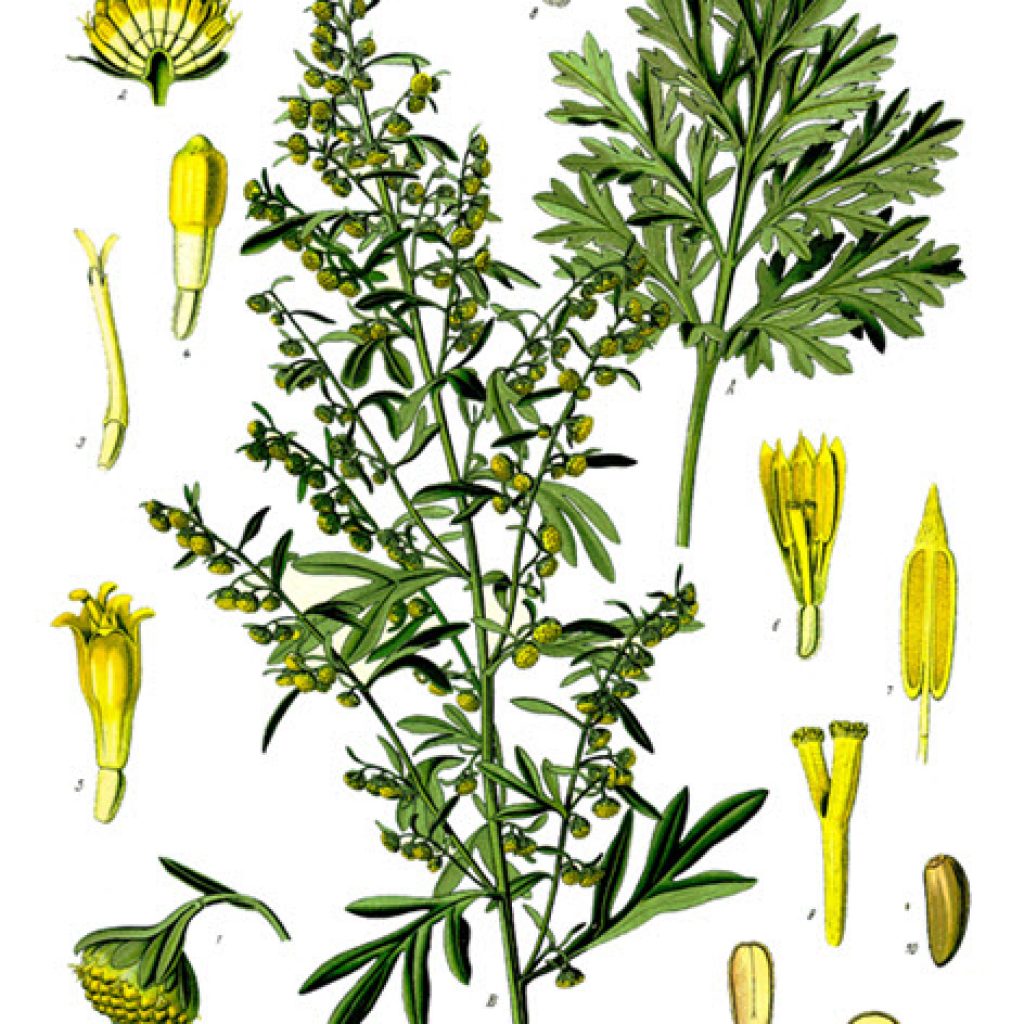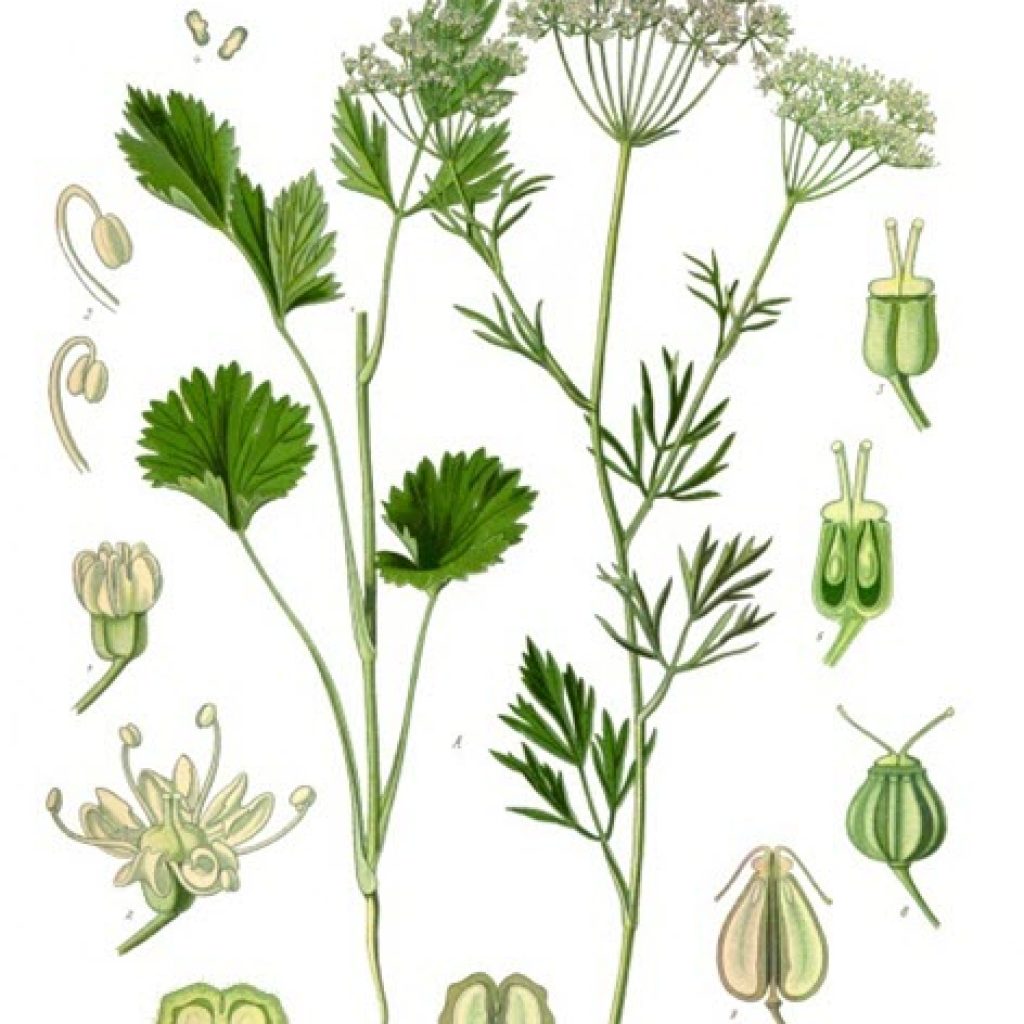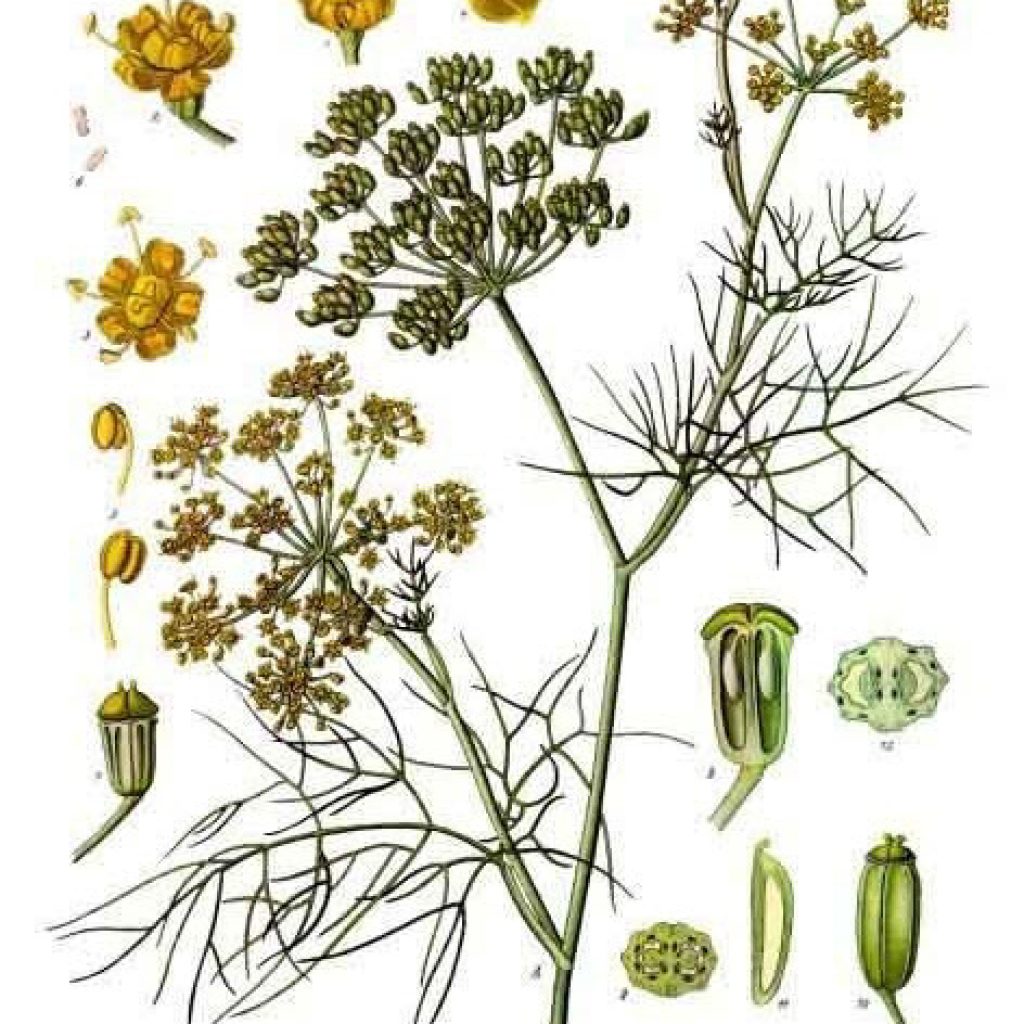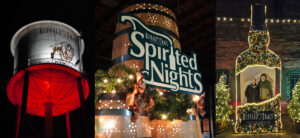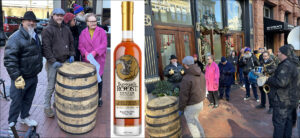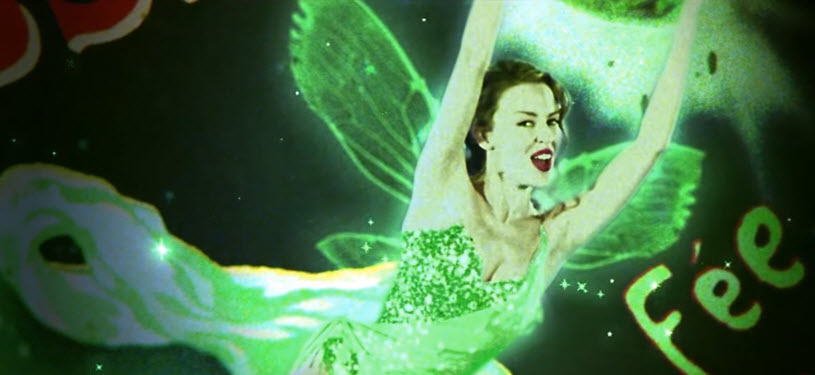
Few other distilled spirits have lived the long hard, magical, mystical life of Absinthe. Years before the 18th Amendment, best known as Prohibition was ratified in the U.S. in 1919 this often misunderstood green spirit – Absinthe, La Fee verte or The Green Lady – was banned in 1912. The Absinthe ban was based on a belief that the green liquid inside the bottle was hallucinogenic. When the 21st Amendment ended Prohibition in 1933 the ban on Absinthe remained. In fact, that ban remained in effect until 95 years later when the TTB along with the FDA authorized the sale of Absinthe in the U.S. But, as is often the case with the TTB and the FDA, there were several “buts.”
“After the first glass of absinthe you see things as you wish they were. After the second you see them as they are not. Finally you see things as they really are, and that is the most horrible thing in the world.”
~ Oscar Wilde
What is Absinthe?
Absinthe is produced much like gin. It’s a high-proof neutral spirit generally 110 to 144 proof and is infused with a blend of botanicals. It can be many botanicals but the three main herbs used in production of absinthe are Grande Wormwood, Green Anise and Sweet Fennel. Traditionally, the alcohol is infused a second time before bottling to intensify the flavor and create the signature green color. (Click any image below to enlarge.)
Stay Informed: Sign up here for the Distillery Trail free email newsletter and be the first to get all the latest news, trends, job listings and events in your inbox.
The key ingredient is wormwood or Artemisia absinthium, the scientific name. The wormwood is the source for “thujone”. Technically speaking, the government never banned Absinthe but they banned the thujone inside the Absinthe.
Absinthe Legalized in 2007
In October 2007 the TTB issued new guidelines that made Absinthe containing thujone legal as long as the bottle contained less than 10 parts per million of thujone. In there words, if it contained less than this amount it was considered “thujone free” and was therefore legal.
At a recent Absinthe release party at Copper & Kings, Assistant Distiller Travis Thompson explained that you would have to drink approximately three bottles of Absinthe to feel the effects of the thujone. He quickly added that drinking three bottles of their 130 proof alcohol all at once would likely kill you before you ever felt the effects of the wormwood.
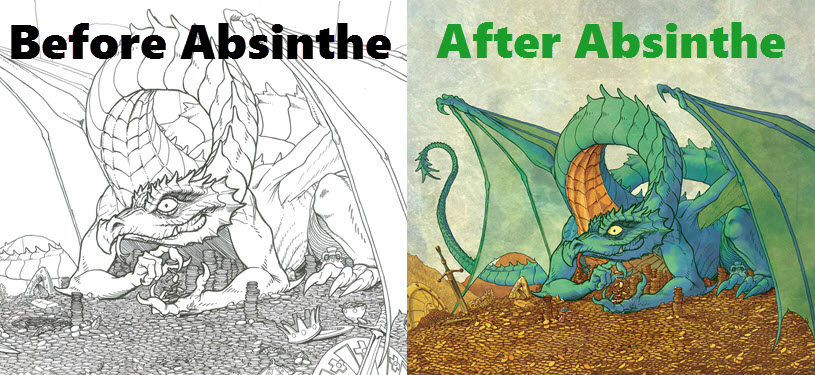
Artwork courtesy of artist Damon Westenhofe.
“Absinthe makes you crazy and criminal, provokes epilepsy and tuberculosis, and has killed thousands of French people. It makes a ferocious beast of man, a martyr of woman, and a degenerate of the infant. It disorganizes and ruins the family and menaces the future of the country.”
~ Temperance Petition 1907
Absinthe Labeling and Advertising
Here are a few other things that are required to make legal Absinthe according to the TTBs 2007 circular release.
In addition to the requirement that a product be “thujone-free,” TTB applies the following guidelines in approving labels and reviewing advertisements:
- Since there is no class and type understanding, the term “absinthe” may not be used as the brand name or fanciful name, or as part of the brand name or fanciful name, because otherwise it would appear as a class and type designation. 27 CFR 5.42(a)(1).
- The term “absinthe” may not stand alone on the label; it must be accompanied by additional or dispelling information so as not to appear as the class and type designation. 27 CFR 5.42(a)(1).
- Any artwork or graphics on the label, advertising, and point of sale materials using the term “absinthe” may not project images of hallucinogenic, psychotropic, or mind-altering effects. 27 CFR 5.42(a) and 5.65(a).
- TTB will include the following qualification statement on all approved COLAs showing the term “absinthe” on a label: “The finished product must be ‘thujone-free’ pursuant to 21 CFR 172.510.”
Absinthe: Myths and Facts
Video courtesy of Moonshine University’s Botanicals Workshop.
Myth No. 1 – Absinthe Causes Hallucinations
False – Absinthe was originally thought to cause hallucinations due to the compound “thujone” found in wormwood that is used to make the infamous spirit.
Fact: Thujone is a toxic substance, but studies have shown that no significant amount of thujone is present in absinthe after the distillation process to produce any hallucinogenic effects.
The hallucinations, or rumors of similar effects, may have been spread due to improper distillation techniques involving harmful chemicals, propaganda, social conditioning or acute alcoholism.
Myth No. 2 – Absinthe is Illegal in the U.S.
False – Absinthe was banned in the U.S. in 1912, and in several European countries around the same time due to its alleged dangerous properties.
It was made legal in the U.S. in 2007 with regulated thujone levels. It is generally made with wormwood, anise and fennel and contains no added sugar.
Myth No. 3 – Absinthe is Served with a Flaming Sugar Cube
False – This a recent invention that was invented to mask poorly made absinthe and to pull more sales as a marketing gimmick.
Absinthe is traditionally bottled at a high proof and served straight. Cold water is then dripped into the drink, often through a sugar cube on a slotted spoon to sweeten the beverage.
The beverage will “louche” as the water drips into the absinthe, creating a cloudy, milky texture.
Related Story
Absinthe – The Life and Death of the Green Fairy
The Green Fairy from the Movie Moulin Rouge
Please help to support Distillery Trail. Sign up for our Newsletter, like us on Facebook and follow us on Twitter.


